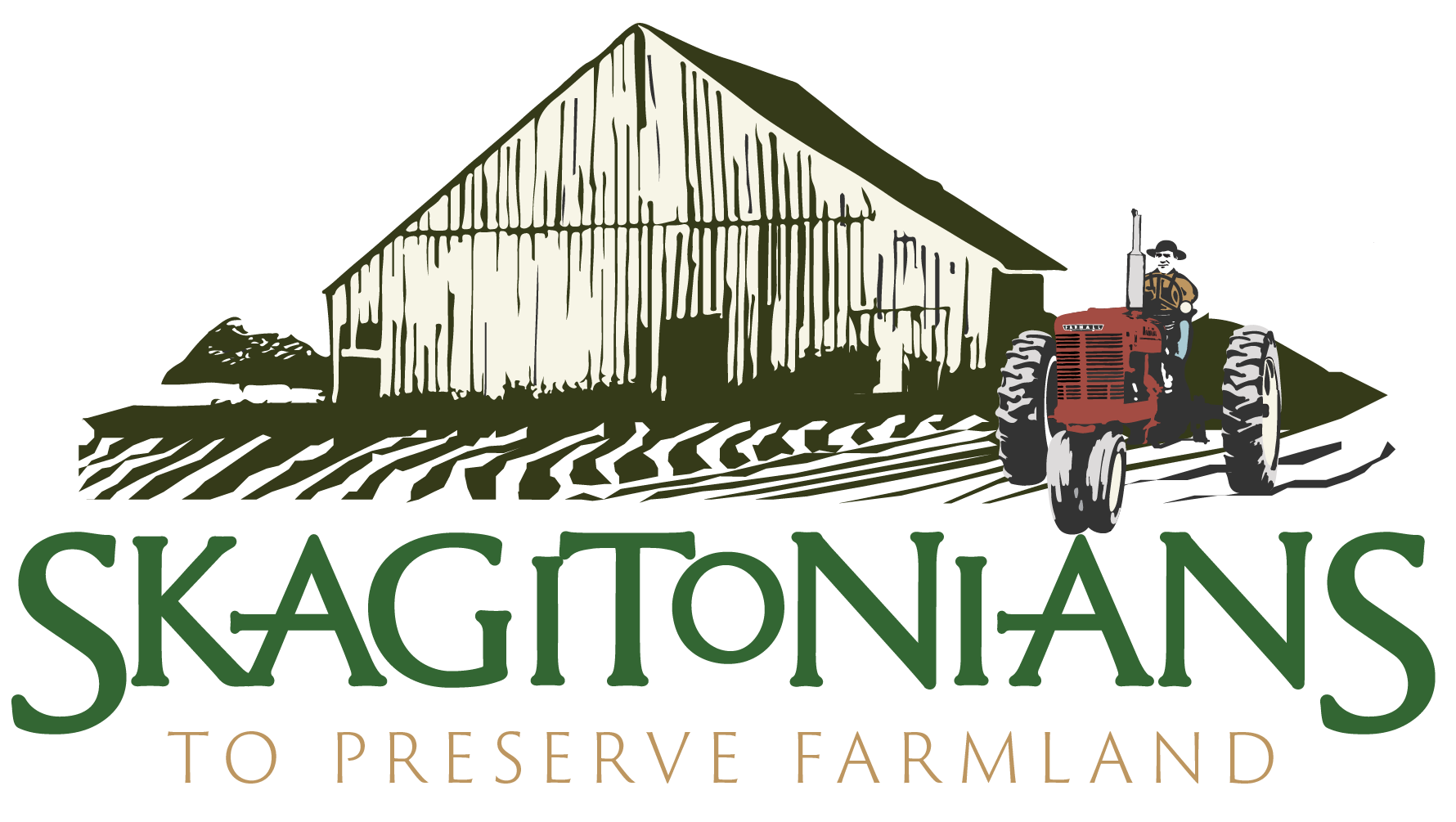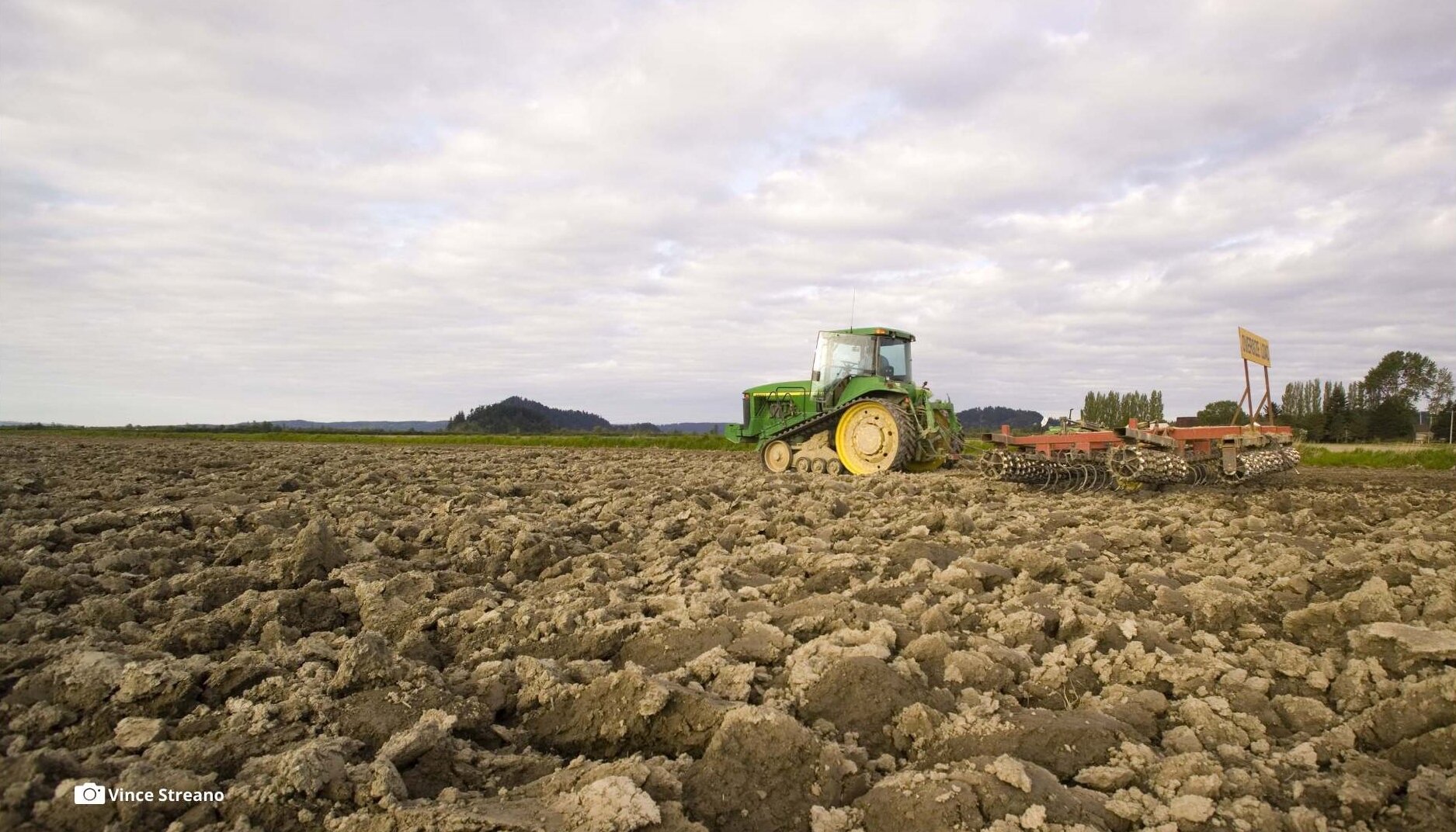Regenerative Agriculture—Beyond Organic ?
Regenerative Agriculture—Beyond Organic?
We're all familiar with the green and white "USDA Organic" labels adorning many of our foodstuffs. We know, in general terms, that the food itself is grown/raised, harvested, and processed under strict guidelines to achieve USDA Organic certification. We know these guidelines include restrictions on such things as the type and source of fertilizers used, the types and source of fodder fed to organically-produced livestock, and the absolute ban on genetically-modified seeds.
The commitment to be an organic farmer/rancher is long term and ongoing with remarkable benefits to be gained over time, but for some there's a desire to do more. A legacy desire to leave the land, the soil itself, built up and better for future generations.
When good is no longer good enough
An adherence to organic practices will stop soil depletion and restore productivity to sustainable levels. But what if sustainable isn't the end goal? What if a farmer or rancher wanted to make the soil demonstrably better? Enter regenerative agriculture.
Soil—the heart of regenerative agriculture
Healthy soil absorbs, stores and filters water. Water needed to grow crops, of course, but also—and this is becoming increasingly important—water needed at various times throughout the growing season to adaptively manage for soil moisture and the different stages of crop growth in the face of a changing climate.
In some ways the concept of regenerative agriculture is brand new, while in others its practices are ages old. All sorts of definitions are on offer, with the full array of regenerative agriculture principles covering more than will be addressed in this issue of The Dirt, but regardless, the emphasis is first and foremost on the soil.
Regenerative agriculture is a realization of the supremacy of nature and the complex relationships between the multitude of life forms that compose healthy soil. There are many practices that contribute to healthy soil, but it is the guiding principle of regenerative agriculture that whichever ones are implemented, they leave the soil better for following generations.
This means making every effort to increase organic matter into the soil. According to the soil boosting ethos of the Rodale Institute, "Healthy soil is teeming with bacteria, fungi, algae, protozoa, nematodes and other tiny creatures. Those organisms play an important role in plant health. Soil bacteria produce natural antibiotics that help plants resist disease. Fungi assist plants in absorbing water and nutrients. Together, these bacteria and fungi are known as "organic matter." The more organic matter in a sample of soil, the healthier that soil is."
The benefits of healthy soil
Healthy soil is better able to absorb and hold water, preventing erosion and runoff. Plants do much better growing in healthy soil because they have access to more minerals and nutrients, from a wider range of sources. The soil is more resilient to normal weather fluctuations and extreme stresses like drought. Because the soil is better, the crops grown on it are better and the animals who feed on those crops—including us!—benefit from higher nutrition.
Everybody wins. And, what's even more encouraging, those wins can and will continue as long as the practices are followed to regenerate and not deplete, regenerate and do much more than simply sustain.
What works
Soil is regenerated by such practices as cover cropping, minimal or no tillage, extensive and varied crop rotations, composting, and application of green and animal manures. But that's just the start.
Healthy soil benefits from mimicking the habits of grazing herds free to roam at will for their forage. A section of pastureland or crop field is temporarily fenced, often with easily moved and reset electric fencing. Livestock is brought to feed on the pasture or crop residue for a short period, then moved on to another site in rotation.
According to the Journal of Soil and Water Conservation, "Regenerative grazing typically maintains rest-rotation cycles: short periods of dense grazing followed by long forage rest periods to support vegetative recovery." The animals' droppings fertilize the grazed area and attract beneficial insects, contributing to the buildup of organic matter in the soil.
The Journal goes on to cite such benefits as, "Increased forage production through pasture management leads to better soil structure and biology. Soil health improvements in turn lead to even better forage production and improved animal health and nutrition."
Taking it even further, "Feed costs are reduced by maximizing the intake of high quality pasture forage. When grazed at the optimal growth stage, pasture forage is the lowest cost source of high-quality feed for beef or dairy cows on most farms and reduces the need for purchased grain and forage."
Healthy soil benefits from mimicking the habits of grazing herds free to roam at will for their forage. A section of pastureland or crop field is temporarily fenced, often with easily moved and reset electric fencing. Livestock is brought to feed on the pasture or crop residue for a short period, then moved on to another site in rotation.
A word of moderation
Not every farm or ranch can follow every tenet of regenerative agriculture. As one farmer who uses many of the practices listed under the concept wrote in 2020, "As with everything in farming, where you are located, what type of soil you have, climate, water availability and so on all play a role in how successful certain practices can be, regenerative or not."
A good example of this truth is one found frequently in Skagit County: Although the concept of minimal or no-till farming makes sense, according to CSU, Chico, "Some soils benefit from interim ripping to break apart hardpans, which can increase root zones and yields and have the capacity to increase soil health..." It all comes down to the farmer's or rancher's intimate knowledge of the soil and what's needed to regenerate it.
There's a new certification
According to their own story, "Regenerative Organic Certified was established in 2017 by a group of farmers, business leaders, and experts in soil health, animal welfare, and social fairness collectively called the Regenerative Organic Alliance, or ROA."
The Regenerative Organic Certified (ROC) standard requires USDA Organic certification and builds from there in a three-tiered classification of commitment built upon three pillars of principles covering soil health, animal welfare and social fairness. According to their own published framework, "This tiered approach enables producers to adjust and adapt their practices over time and allows for continuous improvement. Annual recertification audits are required at all levels."
The group further states, "ROC covers requirements for farming and ranching operations, transportation, slaughter, and certain processing facilities. Operations may be of any size. ROC seeks to create change across a wide variety of farms and ranches in order to scale the best practices for the widest audience possible."
It should surprise no one familiar with Skagit agriculture to learn that Cascadian Farms has earned the highest level, known as gold, in Regenerative Organic Certification.
Keeping the conversation going
Talk centered on soil improvement is of value regardless of the size or nature of a farm or ranch. The greater the awareness of the various practices and the benefits to be gained, the more likely an operator will be to incorporate them. In many ways it's a spectrum of options built on recognizing that things can always be better. And, when you think about it, isn't that the evolution of Skagit agriculture in a nutshell?
By Teresa Bennett: info@skagitonians.org





